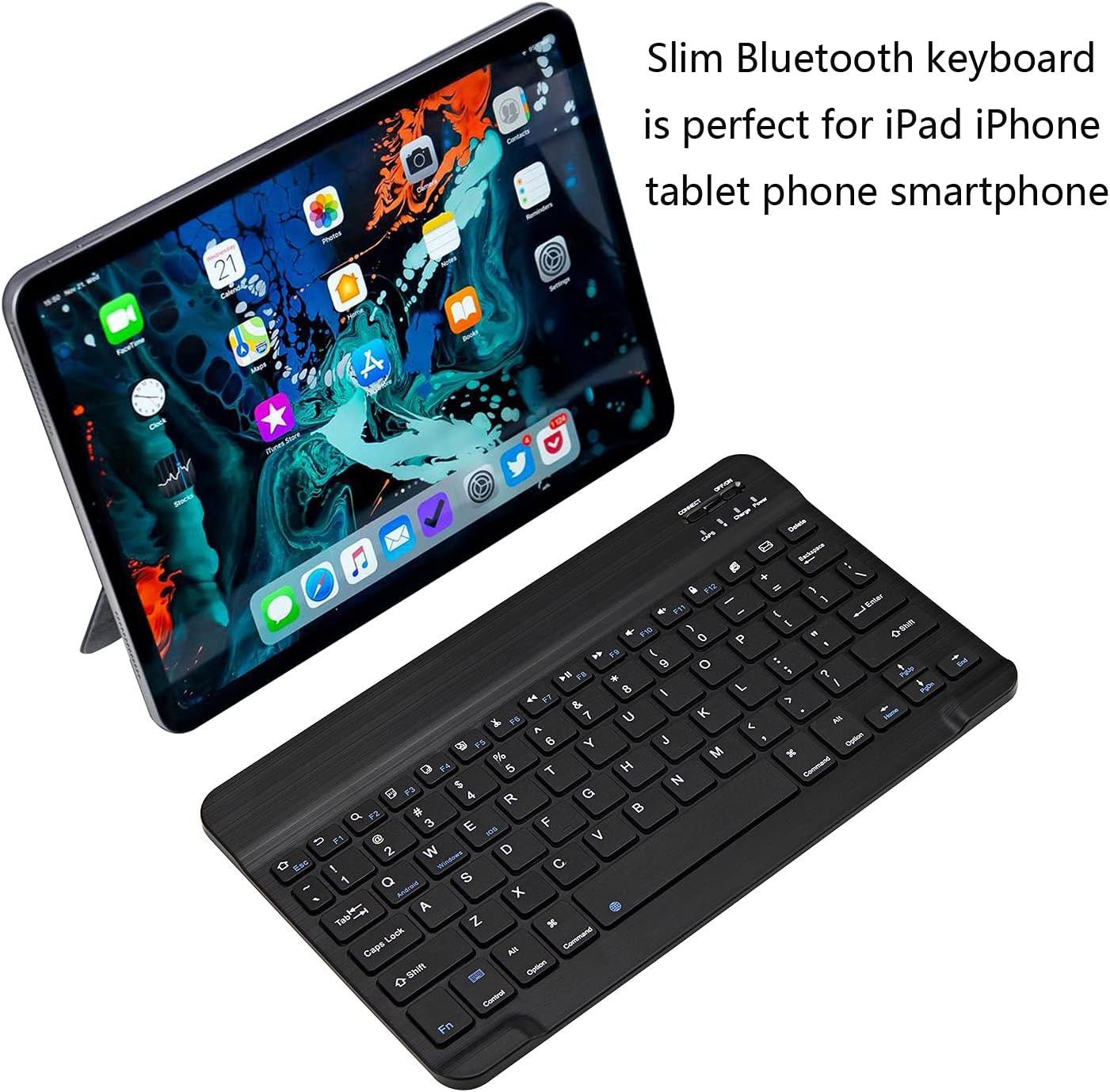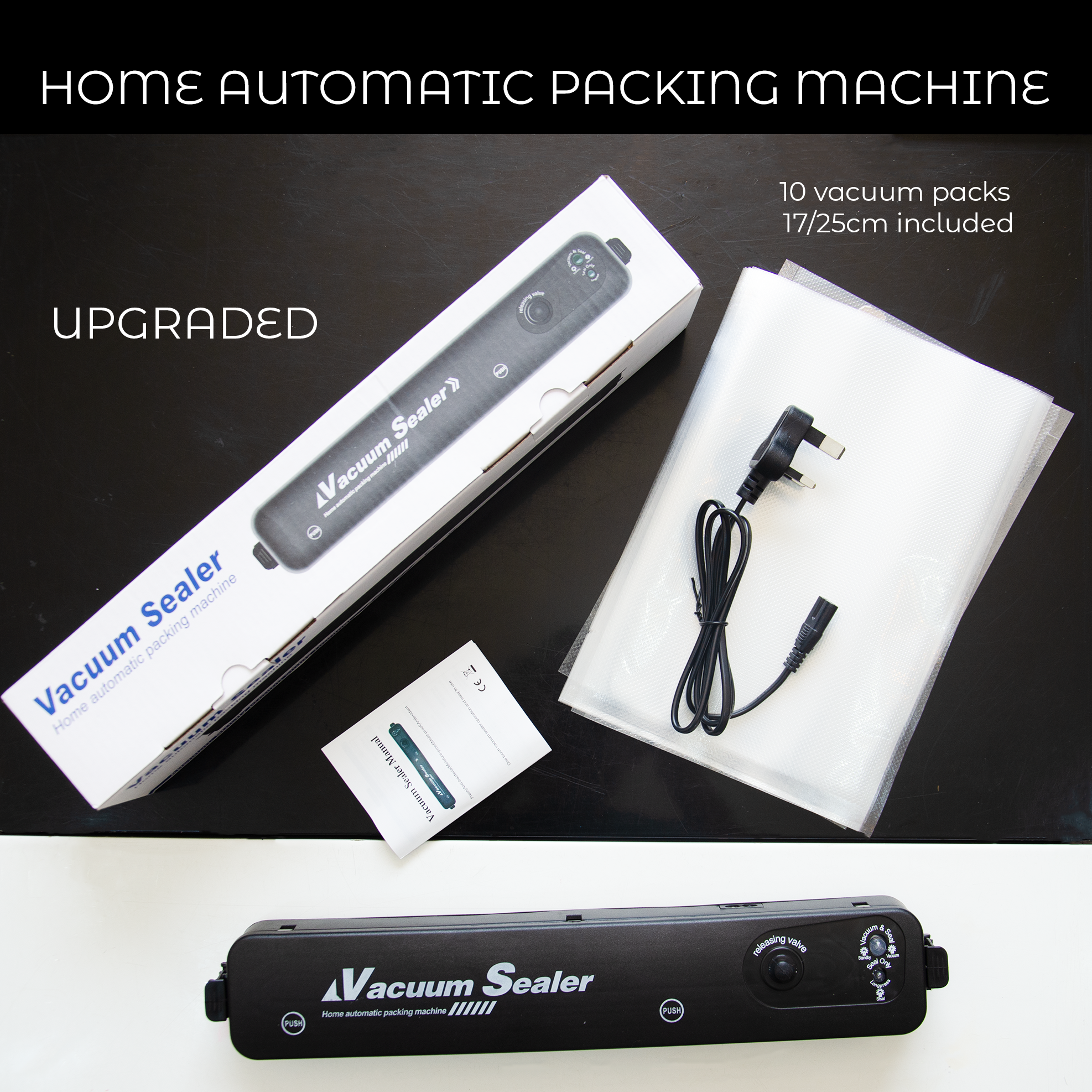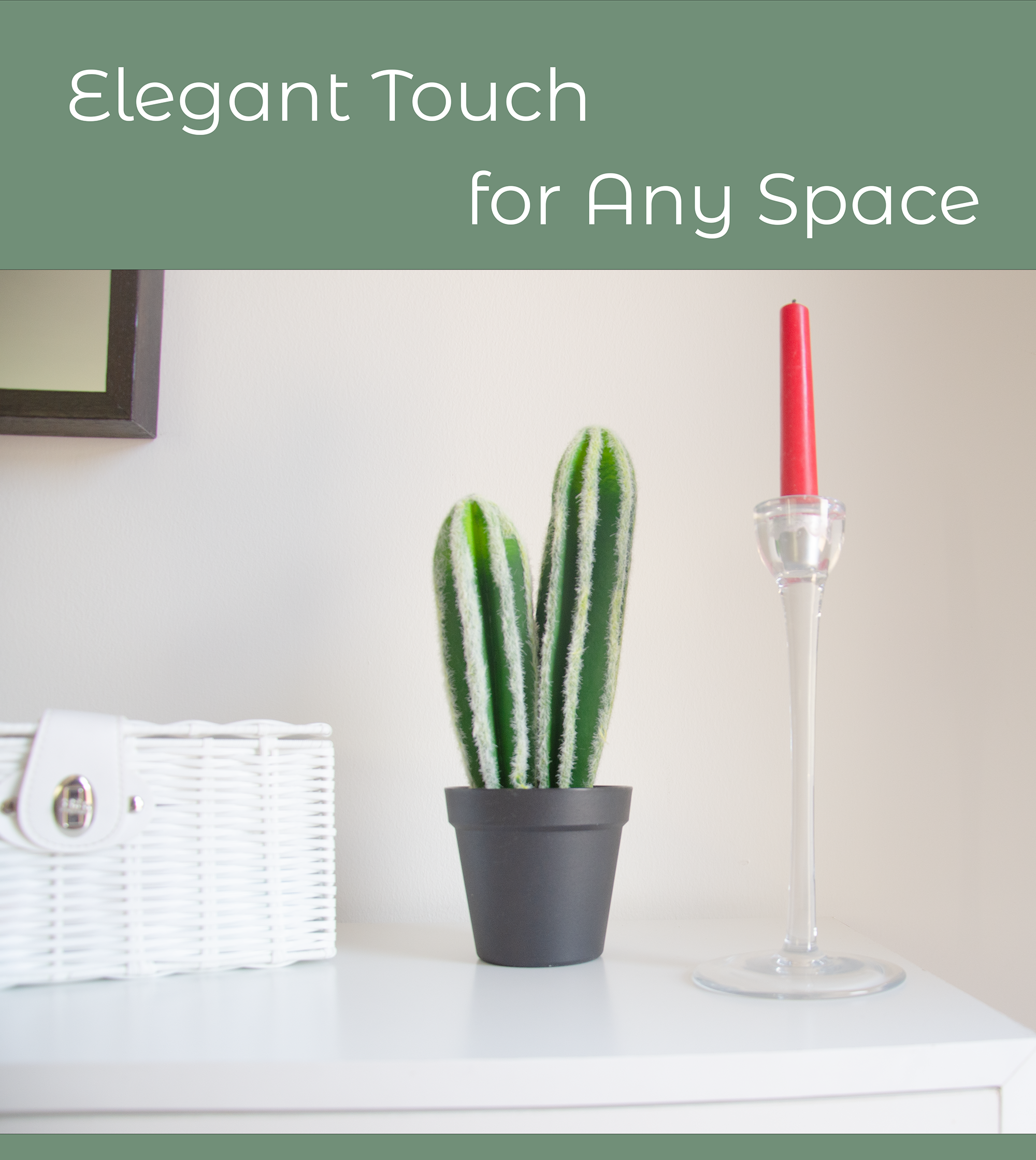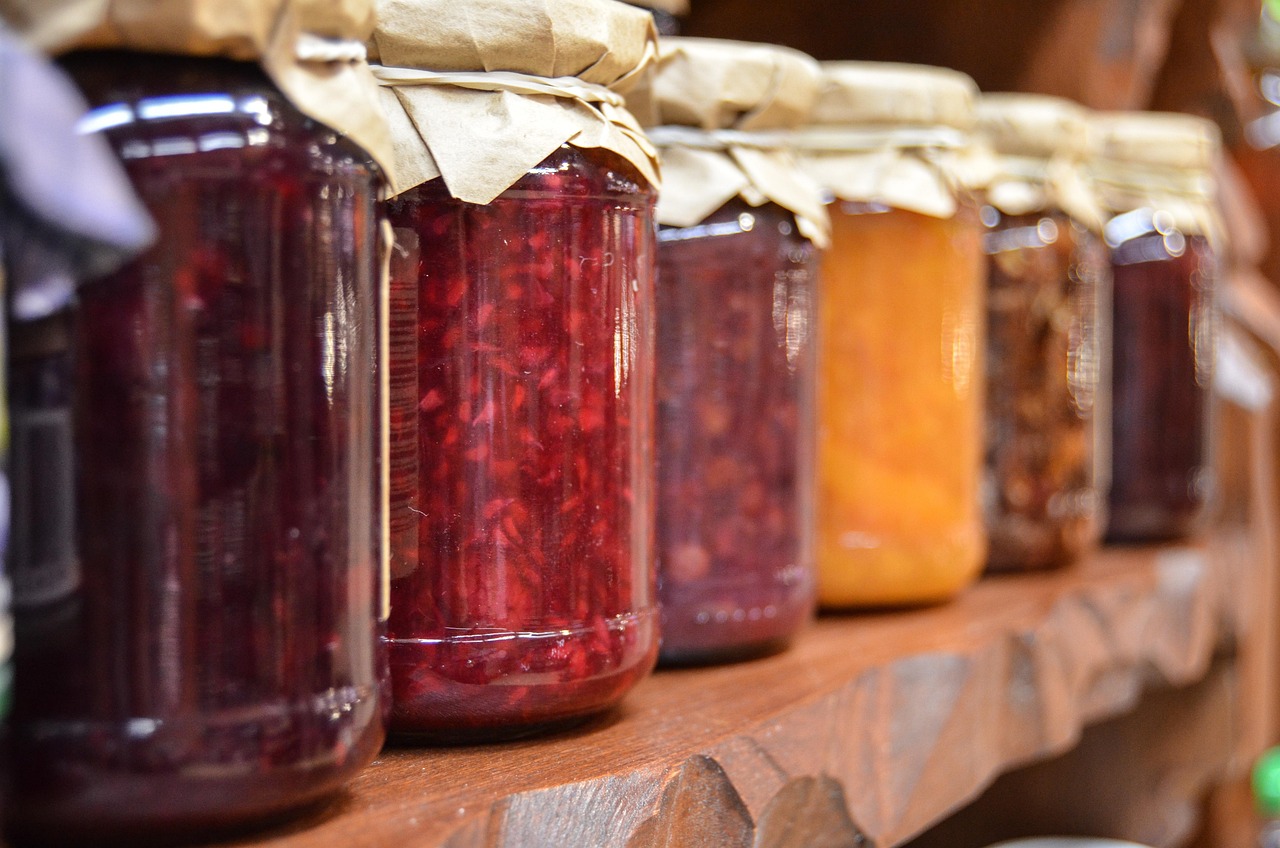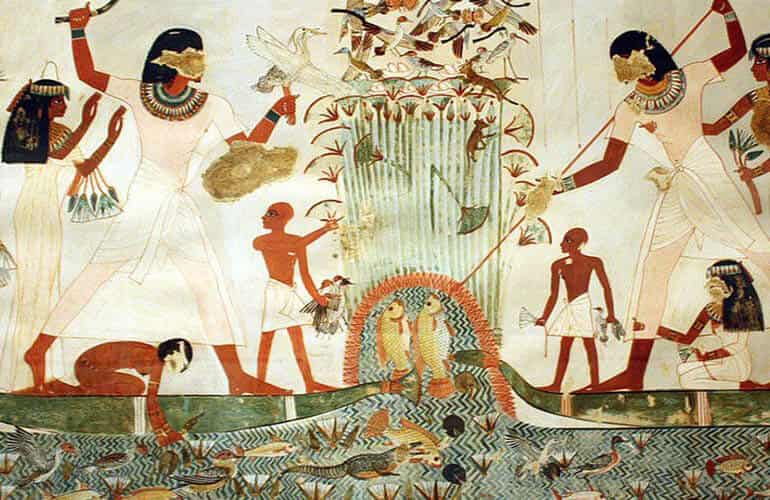In today’s fast-paced digital world, we do everything on the go — answering emails, attending Zoom calls, taking notes, writing documents — and yet many of us still rely on clumsy touchscreen keyboards that slow us down and hurt our hands.
That’s exactly why portable Bluetooth keyboards have become so popular. And if you’re looking for one that balances functionality, comfort, and style, the Ultra-Slim Bluetooth Keyboard (available now on Amazon UAE) might just become your new favorite tech accessory.
Why Portable Keyboards Matter More Than Ever
For students, digital nomads, or anyone who works remotely, flexibility is key. Laptops are useful, yes — but they’re also bulky, expensive, and often more than you need for casual tasks. Tablets and smartphones, on the other hand, are ultra-portable but awful to type on for anything more than a few lines.
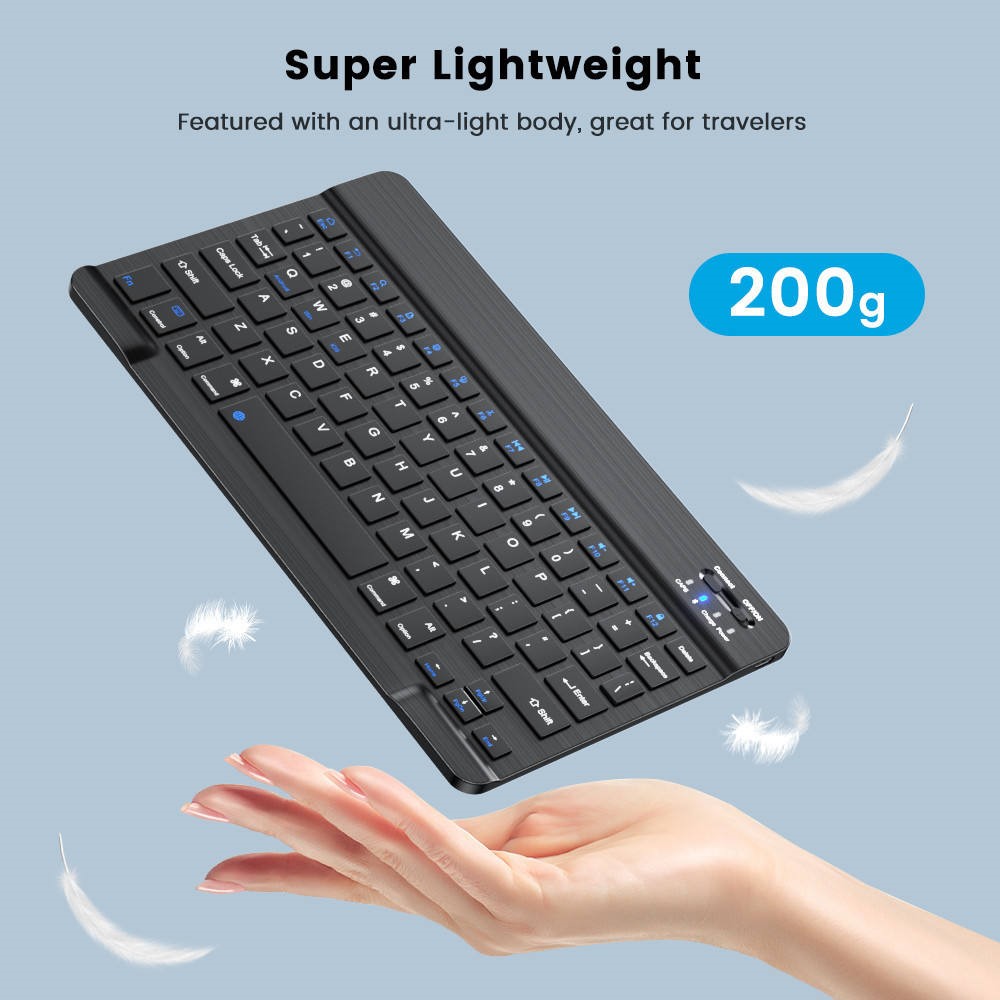
That’s where compact wireless keyboards shine.
They give you the comfort and speed of a full typing experience, but with the freedom to work from anywhere — a café, the park, a train station, or even your kitchen counter.
And among the many options available today, this Ultra-Slim Bluetooth Keyboard stands out.
Designed to Go Wherever You Do
Weighing barely more than your phone and just 10 inches wide, this keyboard slips easily into a backpack, laptop sleeve, or even a handbag. Whether you’re a student running between classes or a freelancer working between coffee shops, it’s designed to travel with you — effortlessly.
The ultra-slim profile doesn’t just make it portable — it makes it look good, too. Sleek black keys with low-profile travel give it a modern, minimalist feel that fits right into your workspace, no matter where that may be.
Seamless Compatibility with All Your Devices
One of the best things about this keyboard? It doesn’t care what brand of device you use.
iPad? ✔️
Samsung tablet? ✔️
Windows laptop? ✔️
Android phone? ✔️
iPhone? ✔️
Thanks to universal Bluetooth compatibility, it connects to virtually any Bluetooth-enabled device — with no apps, no software, and no fuss. Just pair it once, and you’re good to go.
Type Comfortably — Without Disturbing Anyone
If you’ve ever tried typing a long message on a touchscreen, you know the struggle: typos, missed taps, cramped thumbs.
This keyboard solves all of that — and does so quietly.
Its low-profile keys offer a responsive, tactile experience that makes typing fast and accurate. But unlike mechanical keyboards, it’s also whisper-quiet. That means no noisy clacking during meetings, late-night work, or shared study sessions.
No Batteries? No Problem.
The built-in rechargeable lithium battery is a game-changer. Just charge it via USB (included), and you’re set for over 20 days of use — assuming about 2 hours per day.
And when you’re not using it? It smartly goes into power-saving sleep mode after 10 minutes of inactivity. This means it conserves energy even if you forget to turn it off.
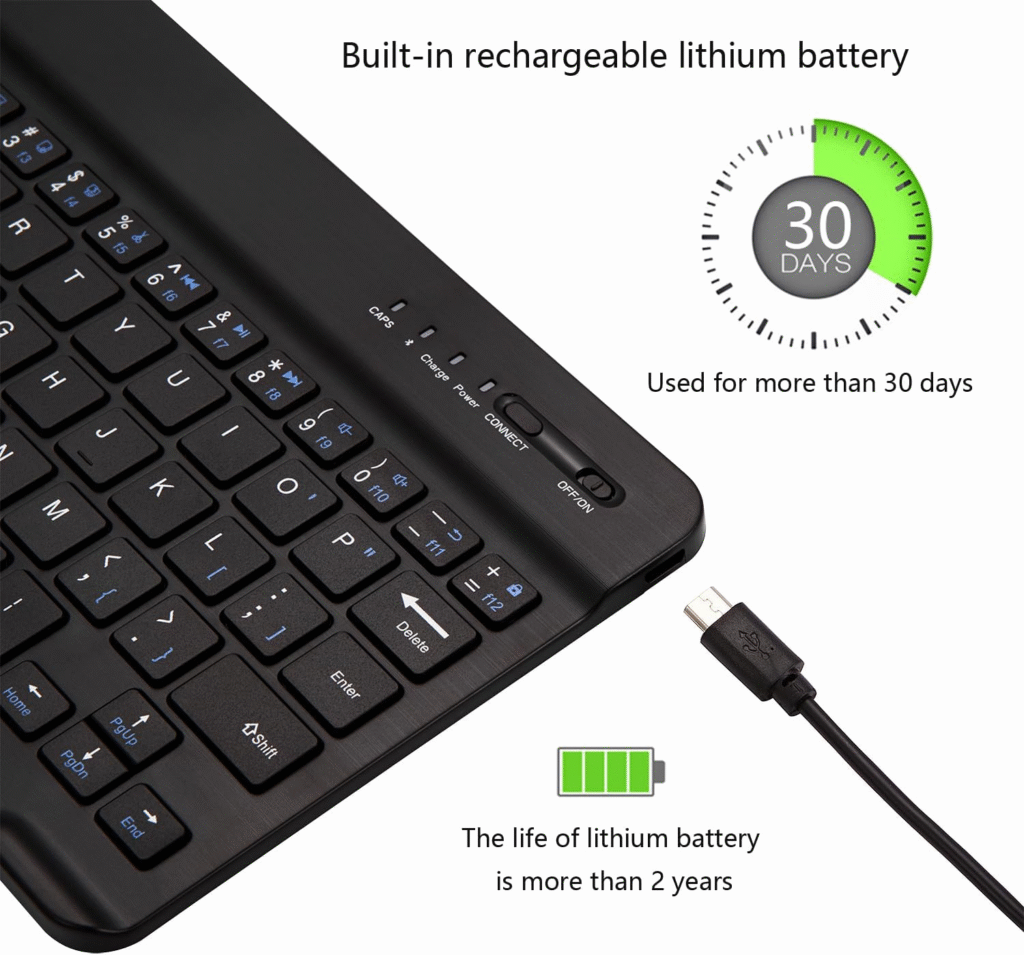
So whether you’re traveling abroad, camping, or just working from your couch, you don’t have to worry about running out of juice or packing spare batteries.
Minimalism Meets Productivity
Let’s face it — clutter is the enemy of productivity. Tangled wires, bulky keyboards, and noisy setups all get in the way of staying focused.
With this wireless, cable-free keyboard, your workspace stays clean and clear. Whether you’re pairing it with a phone on a stand or a tablet in landscape mode, it helps you maintain a streamlined, distraction-free environment.
It’s the kind of setup that makes you want to write, work, create — and get things done.
Get Ultra Slim Keyboard Now on Amazon
Is It Worth It?
Let’s be honest. You probably already own a laptop and a phone. So do you really need a portable Bluetooth keyboard?
If you ever:
- Type longer than 3 sentences on a phone or tablet
- Travel often
- Work remotely or attend online classes
- Enjoy working from flexible locations
- Want to be more productive without carrying heavy tech
Then the answer is: absolutely yes.
It’s a small investment that can massively improve your workflow and comfort — without taking up space, adding noise, or requiring constant attention.
Where to Get It
If you’re interested in simplifying your mobile workspace and enhancing your typing experience, you can find the Ultra-Slim Bluetooth Keyboard now on Amazon UAE.
It’s affordable, practical, and — once you try it — surprisingly hard to live without.
